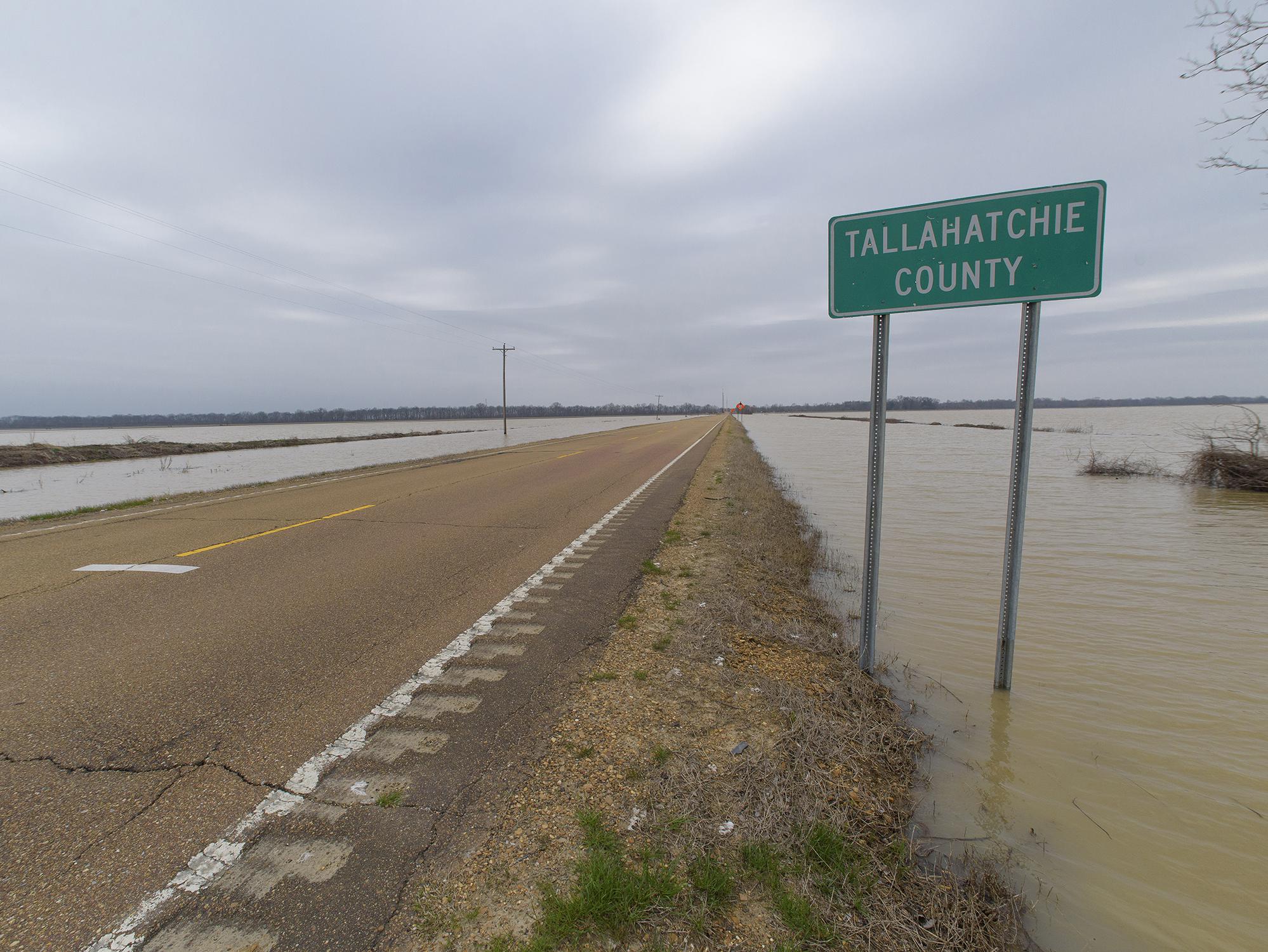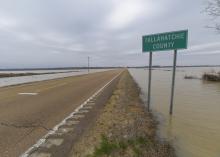Information Possibly Outdated
The information presented on this page was originally released on May 3, 2019. It may not be outdated, but please search our site for more current information. If you plan to quote or reference this information in a publication, please check with the Extension specialist or author before proceeding.
Consider evidence for climate change
STARKVILLE, Miss. -- Climate change is a political trigger; simply mentioning it leads to arguments between colleagues, families and friends. Many arguments are reasonable discussions on which actions or inactions are best for the economy, society or the environment. That is how politics works.
However, when you put politics aside, we can no longer dispute that climate change is real, it is happening now, and the effects are accelerating.
The term “climate change” historically described long-term changes in global temperatures. It has happened continuously for all of Earth’s 4.5 billion years. About 650 million years ago, the Earth was a giant ice ball. About 50 million years ago, crocodiles and palm trees were native above the Arctic Circle. But those changes occurred gradually over millions of years, giving the Earth’s inhabitants plenty of time to adapt.
A primary driving force behind changing temperatures is the concentration of certain gases in our atmosphere. The most abundant gases -- nitrogen and oxygen -- allow the sun’s heat to escape back into space. However, carbon dioxide, methane and nitrous oxide reflect this heat back to the planet’s surface. Without these gases, the Earth’s surface would be much colder, averaging around 0 degrees.
The problem is that humans have been adding to these gases very quickly, while clearing forests that help remove the gases. Burning fossil fuels and modern farming practices release large amounts of carbon dioxide and methane. Thus, Earth’s atmosphere is trapping more heat. Since the Industrial Revolution, which began in the 18th century, we have increased atmospheric carbon dioxide concentrations more than 40%.
As a result, Earth’s average annual temperature has increased about 1.8 degrees. This increase may not sound like much, but keep in mind that the difference between ice ages and dinosaurs was less than 15 degrees. Depending on our actions, the average annual temperature will rise 2.5 to 10 degrees over the next century.
Rising average temperatures will greatly increase climatic extremes. Storms will be more frequent and stronger, droughts will be more severe, summers will be hotter, and winter weather will be more variable. Sea ice will melt, raising sea level and altering ocean and air currents. Loss of Artic sea ice will destabilize and shift the polar vortexes, extending winter in some areas and occasionally pushing extremely cold air into the Deep South. Despite the cold weather extremes in some areas, the planet will be warmer on average. We are already seeing these changes.
Sea level is currently rising at 1.2 inches per decade, and this rate is accelerating. If all the world’s ice sheets melt, sea level will rise by more than 200 feet. This is bad news, as roughly 80% of humans live within 60 miles of the coast. Florida would completely vanish, as would most of the eastern seaboard and coastal cities of the Gulf Coast states. Mississippi would become a peninsula, with bays to the west and east extending to Missouri and Tennessee. It is already happening, and worst-case scenarios suggest it may occur within the next century.
For more information on climate change and what you can do to help, visit NASA Global Climate Change.

Editor’s Note: Extension Outdoors is a column authored by several different experts in the Mississippi State University Extension Service.







